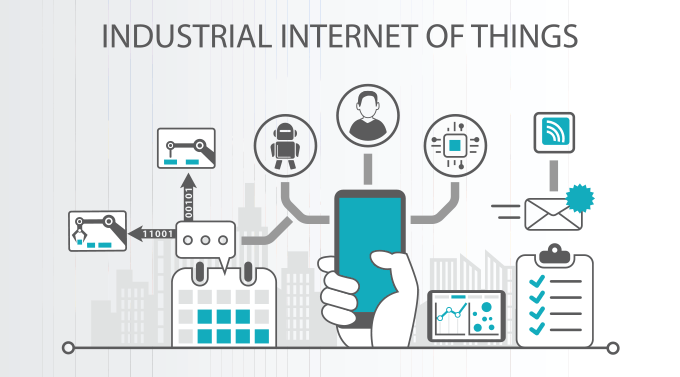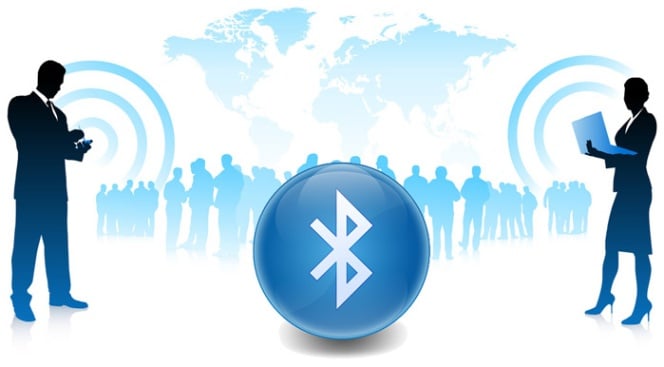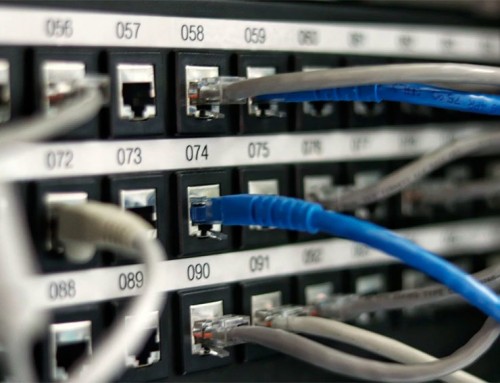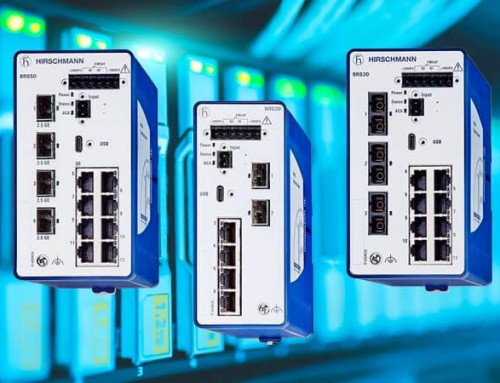Wireless communications in industry have been used for more than 30 years, with the main objective of providing secure connectivity, and also highly profitableIn the field of industrial automation and remote monitoring, among others.
Both the diversity and distribution facilities has increased exponentially with the passage of time, so that new wireless technologies have evolved to offer an optimal combination of range, reliability and excellent power.
Thus, it is interesting to know the Wireless and IoT industry connections.
What are the IoT Wireless and connections in the industry?
Today, the Internet of Things It represents the ultimate expansion of such technology. Certain elements such as sensors, motion controllers, valves and others are used in many different ways to provide real-time information on facilities around the world.
Applied to the industrial sector, Internet de las Cosas o IoT for its acronym in English, it represents hardwired communications that have been traditionally used as well as new wireless technologies.
Las wired communications They offer excellent quality accommodation and optimum reliability and fast. Meanwhile, wireless solutions that have a growing demand in today's society, offer a large selection of benefits is interesting to know.
One of the most important advantages of industrial wireless communications They are greatly minimizing the generated hassles of wiring installation required for communications, which are costly in both economic and human terms.
In addition, considerably reducing maintenance costs; any problems can be dealt with by specialized technicians.

Of course the implementing wireless solutions in industrial environments It requires careful planning and analyzed in detail. Often a number of requirements are needed both physically and operationally, which must be met optimally in order to ensure the functioning of the communication itself reliable and secure manner.
In any case, communication devices must have sufficient capacity to withstand extreme conditions of both temperature and humidity in outdoor environments and exposure to water, chemicals, shock, vibration, noise and electromagnetic interference.
When the devices are installed outdoors require protection certificate both dust and water IP65.
As a rule, those devices that do not meet these requirements often deliver judgments in industrial implementations, which can lead to serious security problems and operational.
Security is precisely one of the main concerns by professional industrial networks manipulate data as it could jeopardize the safety and operation of any connections and devices used.
Bluetooth
The Bluetooth It operates at a frequency of 2480 MHz to from 2400; so, it is common use in communications links in industrial series. Devices that offer a basic rate Bluetooth They can support up to 780 kbps; while devices enhanced data rate with approximately 2.1 Mbps throughput.

Thus, depending on the device used for the operation, the range in any industrial environment can range from 3 to 100 meters.
WLAN Industrial
The WLAN industrial It is a solution of 2.4 GHz widespread when a higher level of performance is required. It provides resistance and excellent security.
ZigBee
A wireless mesh technology widely used. It is characterized by low power and narrow band of 2.4 Ghz. Generally, its use is limited to monitoring and control in the industrial sector. It is a solution with a lower than cost wireless LAN systems, as well as Bluetooth.
VAN
For the interactions performed through separate points by large geographical distances, used the WAN technology. It is an easy solution to implement without hiring plans data unique to each device.









